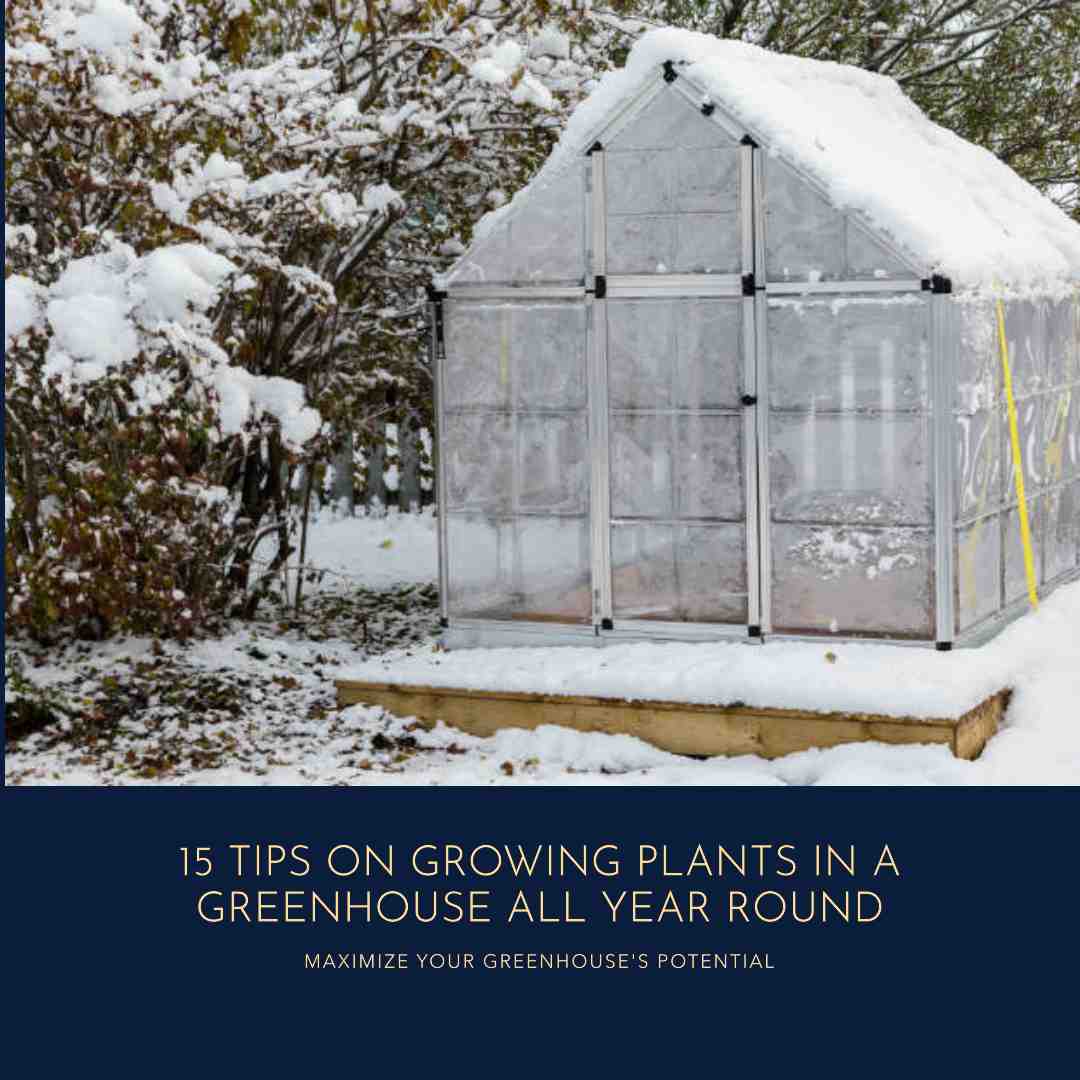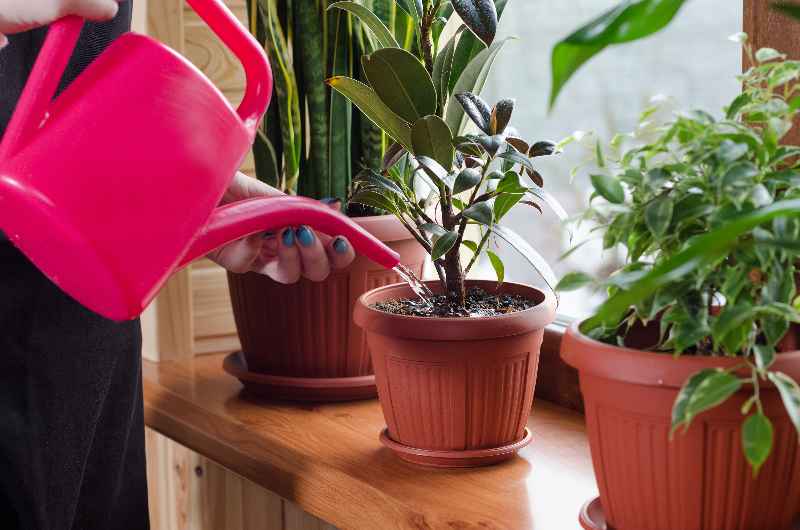15 Tips On Growing Plants In A Greenhouse All Year Round

Make sure to like Living Green and Frugally on Facebook, Shop at amazon to help support my site and explore our PINTEREST BOARDS for innovative ways you can become self-sufficient.
Greenhouses offer an oasis for plants, creating a controlled environment conducive to year-round growth. While they present a wealth of opportunities, effectively managing a greenhouse during winter requires careful consideration and strategic planning. Here are 15 ultimate tips to help optimize your greenhouse for thriving plants during the colder months.
1, Choose Cold-Hardy Plants:
Select plants known for winter resilience. Cold-tolerant vegetables like kale, spinach, and certain varieties of lettuce withstand lower temperatures, ensuring a successful winter yield.
2, Insulate and Seal:
Check for air leaks and insulate your greenhouse. Weatherstripping doors and sealing gaps prevent heat loss, maintaining optimal temperatures for plant growth.
3, Install Heating Systems:
Invest in heating systems such as electric heaters, propane heaters, or geothermal heating to maintain consistent temperatures, especially during freezing nights.
4, Utilize Thermal Mass:
Place materials like barrels of water or stone slabs strategically in your greenhouse. These absorb heat during the day and release it at night, stabilizing temperature fluctuations.
5, Adjust Ventilation:
Proper airflow is crucial. Ventilate during the day to prevent overheating and close vents at night to retain warmth. Automatic vent openers can regulate this process.
6, Consider Row Covers:
Layering plants with row covers or frost cloths provides an extra barrier against cold temperatures while allowing light and moisture to penetrate.
7, Optimize Sunlight:
Position your greenhouse to receive maximum sunlight. Clean windows regularly to ensure optimal light transmission, vital for plant photosynthesis during shorter winter days.
8, Use Grow Lights: Supplement natural light with grow lights to extend daylight hours. LED or fluorescent lights placed strategically can provide the necessary light spectrum for healthy plant growth.
9, Monitor Humidity:
Maintain optimal humidity levels. High humidity can lead to fungal diseases, while low humidity can stress plants. Humidity gauges and misting systems help regulate moisture levels.
10, Water Wisely:
Be mindful of watering needs. Plants may require less water during winter due to reduced evaporation. Water in the morning to prevent freezing at night.

11, Implement Mulching:
Apply mulch around plants to conserve soil moisture and insulate roots. Organic mulches like straw or wood chips regulate soil temperature and reduce weed growth.
12, Practice Crop Rotation:
Rotate crops regularly to prevent soil depletion and diseases. This practice also helps optimize greenhouse space and encourages healthier plant growth.
13, Prune and Maintain:
Regularly prune plants to remove dead or diseased parts. This encourages new growth and prevents the spread of diseases within the confined space of a greenhouse.
14, Monitor Pests and Diseases:
Inspect plants regularly for pests and diseases. Quarantine affected plants to prevent the spread and consider organic pest control methods.
15, Experiment and Learn:
Every greenhouse environment is unique. Keep a gardening journal, experiment with different techniques, and learn from both successes and failures to continually improve your winter greenhouse gardening skills.
In conclusion, successfully maintaining a greenhouse year-round, especially during winter, involves meticulous planning, dedication, and adapting to changing conditions. By implementing these 15 tips, you can create an environment where your plants thrive even in the coldest months, ensuring a continuous and bountiful harvest throughout the year.